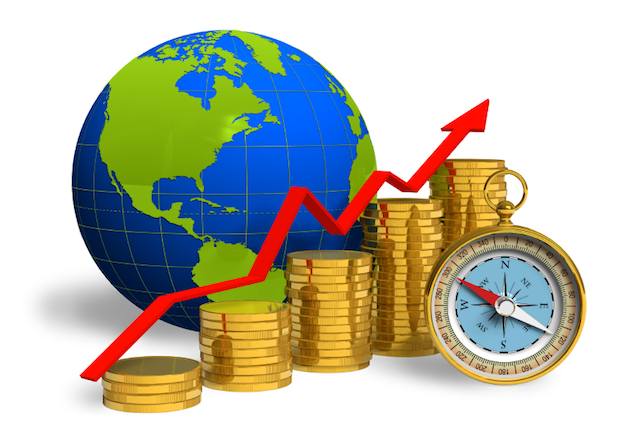
Cutting consumption, saving lives: Fuel cell technology proves powerful in demo
Technology developed for tactical generators under an Office of Naval Research (ONR) program recently demonstrated the ability to cut fuel use nearly in half compared to diesel systems currently powering forward-operating bases. The Solid-Oxide Fuel Cell Tactical Electrical Power Unit is aimed at reducing the need to transport fuel around the battlefield, especially in dangerous theaters like Afghanistan, where enemies routinely target supply routes with homemade bombs. During a demonstration in June at the Army’s Aberdeen Proving Ground, Md., the power unit decreased fuel consumption by up to 44 percent compared to a similar-sized 10 kilowatt generator now being used by the Army and Marine Corps. Funded by the Office of the Secretary of Defense, the development of the fuel cell generator was the result of collaboration within the DoD Energy and Power Community of Interest, which brings together the four military services on a variety of energy and power programs.
Morgan offers fired refractory shapes
Morgan Thermal Ceramics announces the availability of Cerox fired refractory shapes in a range of material compositions. Dense, hard, and chemically stable, the refractory shapes offer resistance to chemical attack from acids, slags, and gases. Fired shapes manufactured from Sillimanite Cerox 200, for example, are composed of 74 percent alumina and fired mullite and said to offer chemical and thermal shock resistance and excellent non-wetting characteristics at temperatures to 2850°F. Also available are Cerox 700 and 720 high-alumina materials for refractory products with complex shapes and thin walls.
Global and China Refractory Material Industry Report, 2013
Affected by factors such as a slowdown in growth in the iron and steel, building materials, and glass industries as well as reduced demand for refractories for infrastructure construction, China’s refractory materials production in 2012 fell 4.43 percent from 2011 to 28.1891 million tons, according to a market report from ResearchinChina. Demand for magnesia, magnesia–carbon, alumina–magnesia–carbon, and siliceous brick dropped sharply versus 2011. Both the volume and value of refractory raw materials exports fell, but refractory products broke the 2-million-ton mark again, climbing 4.4 percent to 2.0397 million tons; export price increased by 7.08 percent, the report says. China has been promoting development of high-quality, energy-efficient unshaped refractories, which accounted for more than 40 percent of total refractories production in 2012. Increasing that proportion to 60 percent and research on chrome-free refractories are focal points of industry development, according to the report.
(WSJ online) Fiskars plans to focus operations at the Helsinki ceramics factory on flat products and product development, according to a Fiskars Corporation press release August 28, 2013. The Helsinki ceramics factory has a key role as a center of ceramics expertise and the development of ceramic products in Fiskars Group. It is now planned that operations at the factory will focus on flat products — plates and saucers, as well as manufacturing small ceramic series. Forming through jiggering and handmade decorating would be contracted to manufacturing partners. The planned change to the operational model for ceramics manufacturing is part of the Fiskars EMEA 2015 structural change program which was published in June 2013. The program seeks to improve the competitiveness and cost structure of the entire Fiskars supply chain. As the planned changes to the operational model may have an impact on personnel, Fiskars will start codetermination negotiations with permanent employees and workers at the ceramics factory. The factory currently employs 177 personnel, of whom 36 have a fixed-term contract. The possible reduction of permanent personnel is estimated to amount to at the most 48.
Kaolin: Global Industry Markets and Outlook, 13th edition 2013
The landscape of the kaolin industry is changing. Consolidation and closures have marked the last decade, particularly in the USA, UK and Brazil. Six companies have emerged that each control over 1Mtpy of capacity’ representing over half of the total. Profiling over 150 producers, processers and projects, the new ‘Kaolin’ report offers a fresh perspective and comprehensive review of the whole kaolin industry. From mines and reserves through to developing end-use applications the report covers every aspect of the subject, examining trends and providing analysis to give both clarity and an understanding of the market.
